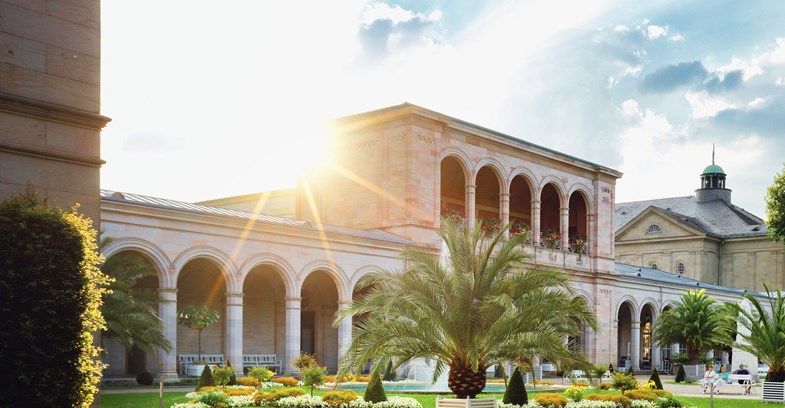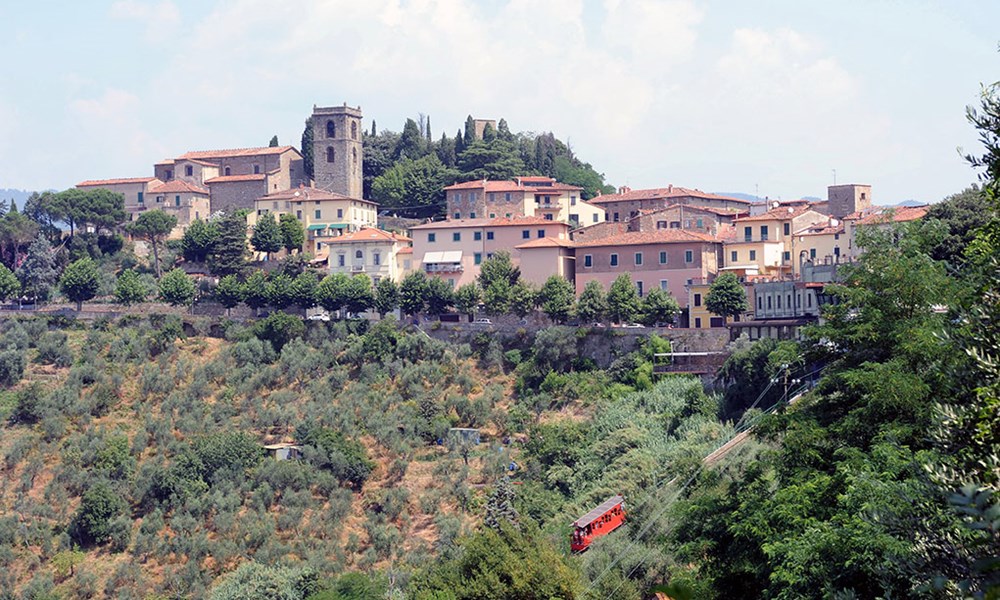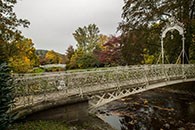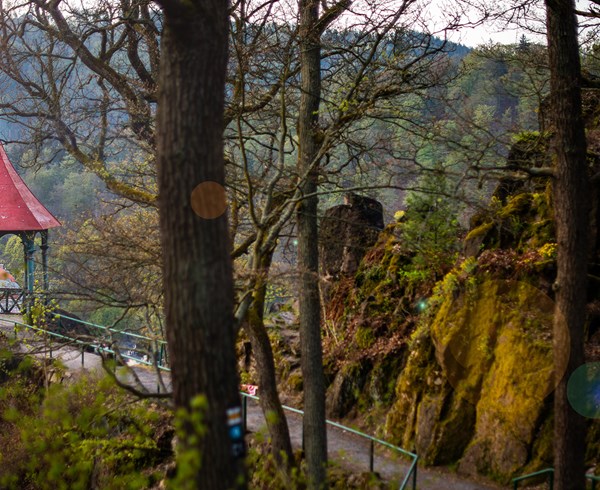The green environment of the ‘therapeutic and recreational spa landscape’
A distinctive aspect of The Great Spa Towns of Europe is that the urban space connects physically and visually to a picturesque setting of idealised nature – magnificent scenery, hills or mountains, attractive views, water and trees. These contribute to a ‘sense of place’ and this includes feelings of warmth, identity, rootedness and authenticity. At the same time complex cultural values are associated with landscape around spa towns including the role of landscape as a contribution to the ‘cure’.
- In many of the Great Spa Towns, avenues and promenades lead rom the springs to gardens and kurparks and then onwards via pathways into the surrounding countryside;
- In Baden bei Wien, the paths were waymarked to indicate which was appropriate for the condition of the patients;
- Woodland trails are as popular today as they ever were – Spa has the oldest of the routes , the Tour des Fontains created in 1749 to connect all the important springs within the gently sloping forests surrounding the town;
- More strenuous steeply wooded trails ascend high hills, and rocky hillsides and cliffs. For the less able a donkey or funicular railway, such as the one in Montecatini Terme might have been chosen to join others at hilltop restaurants and scenic overlooks;
- Karlovy Vary has 130 km of historic therapeutic trails laid out on the wooded hillsides over 100 years ago, while Františkovy Lázně has a triple belt of parks which is crossed by many kilometers of walks on relatively level ground.
- Walking networks of formal park-like pathways are a distinctive feature of the Great Spa Towns of Europe – the Lichtentaler Allee in Baden-Baden is a great example;
- Gentle riverside walks are also a part of spa life, especially when the warm springs bubble up beneath the river bed - the River Teplá (warm in Czech) in Karlovy Vary never freezes, even in the harshest winters!
- Some rivers, such as the River Lahn in Bad Ems were one highways for spa guests, long before the railways arrived, and are popular with river cruises today;
- Rivers (and their bridges) are a picturesque feature in the Great Spa Towns of Europe and they both constrained and influenced the placement of many spa buildings. Some rivers have been modified to enhance the ‘natural’ spa environment, such as the River Allier in Vichy, providing a new dimension for water sports.
- Sports facilities such as golf, tennis, horse riding and others are also part of the wider spa provision, often in use today, and in several cases were the first courses and courts to appear in their respective countries.
Besides the healing aspect, and meeting other spa guests, tourists went out to the surroundings to visit monuments, ruins and natural phenomena. Views to and from the picturesque, natural and cultural landscape were key to planning the spa towns and remain important today.




